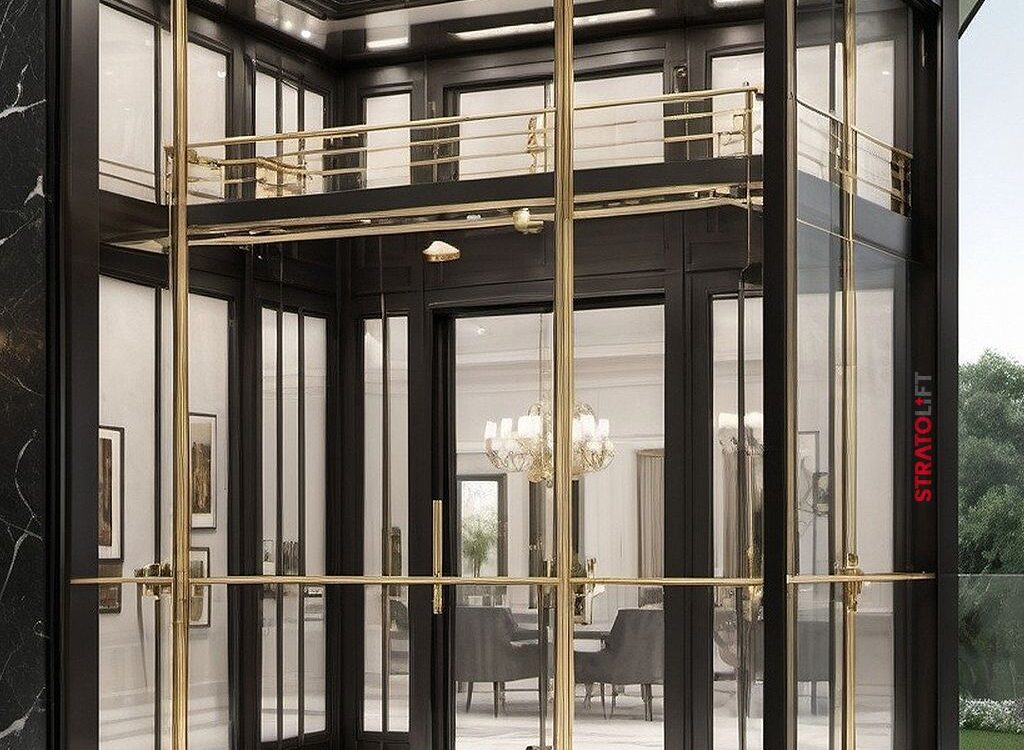
Elevators and Urban Real Estate: Economic and Commercial Impacts
Introduction
In today’s bustling urban centers, elevators are far more than simple machines that transport people between floors—they are a vital component of modern real estate infrastructure. As cities continue to grow vertically, high-performance elevator systems play a crucial role in shaping building value, tenant satisfaction, and overall market competitiveness. This article delves into the economic and commercial impacts of advanced elevator technologies on urban real estate, examining how these systems drive property value, operational efficiency, and long-term investment returns.
Enhancing Property Value
The Tangible Benefits
Modern elevator systems significantly enhance a property’s market value. Buildings equipped with state-of-the-art lifts signal a commitment to quality, safety, and efficiency. This is especially true in high-rise residential towers and commercial office spaces, where the convenience and reliability of vertical transportation are major selling points. Key benefits include:
- Premium Image and Market Appeal:
High-quality elevators contribute to a modern, luxurious building image. Prospective buyers and investors are attracted to properties that promise smooth, safe, and uninterrupted vertical mobility. This translates into higher property valuations and increased investor confidence. - Increased Sale and Rental Prices:
Research indicates that properties with reliable, energy-efficient elevator systems often command higher sale prices and rental premiums. This premium is not just due to the functionality of the elevator, but also the associated reduced maintenance costs and enhanced safety features that modern systems offer. - Competitive Differentiation:
In competitive urban markets, having advanced elevator technology can be the differentiator that sets one property apart from another. Custom elevator designs, integrated with aesthetic finishes and cutting-edge technology, can make a building more attractive to discerning tenants and buyers.
Case Example: The Luxury Skyscraper
Consider a luxury skyscraper in a major metropolis that recently upgraded its elevator system with smart, energy-efficient models featuring predictive maintenance and real-time monitoring. The building saw an immediate increase in tenant inquiries, and rental rates rose by an average of 15% compared to similar properties without such upgrades. This real-world example underscores how investing in quality elevator systems can yield substantial financial returns.
Operational Efficiency and Cost Savings
Streamlining Building Management
Elevators are integral to a building’s daily operations. Modern systems, equipped with digital controls and smart sensors, offer enhanced operational efficiency that benefits both building management and tenants:
- Predictive Maintenance and Reduced Downtime:
Advanced diagnostics and predictive maintenance systems help identify potential issues before they escalate. This proactive approach minimizes unexpected breakdowns, reducing costly emergency repairs and ensuring that the building operates smoothly around the clock. - Energy Efficiency and Sustainability:
Many modern elevators incorporate regenerative drives and energy-saving technologies that capture and reuse energy generated during braking. These features not only lower operational costs but also contribute to the building’s sustainability profile—a factor that is increasingly important for environmentally conscious investors and tenants. - Remote Monitoring and Real-Time Adjustments:
Integrated building management systems enable remote monitoring of elevator performance. This allows facility managers to quickly address any anomalies, schedule timely maintenance, and optimize usage during peak periods, thereby improving the overall tenant experience.
Quantifiable Savings
Studies have shown that buildings with advanced elevator systems can see a reduction in maintenance costs by up to 20% over a five-year period. In addition, energy-efficient designs can lower electricity bills by 10–15%, adding up to significant annual savings in large commercial properties.
Market Trends and Future Projections
Smart Technology Integration
The elevator industry is at the forefront of technological innovation. With the rapid integration of the Internet of Things (IoT), artificial intelligence (AI), and machine learning, the future of vertical transportation is set to be smarter, safer, and more efficient:
- Adaptive Systems:
Smart elevators can analyze usage patterns and adapt their operations in real time. For example, during peak hours, the system might adjust its scheduling algorithms to reduce wait times and improve traffic flow, ensuring that the building’s vertical transportation is as efficient as possible. - Data-Driven Decisions:
The continuous collection and analysis of operational data allow for more informed decision-making. Building managers can use insights from elevator performance metrics to optimize maintenance schedules, predict potential issues, and even plan future upgrades in line with evolving technology. - Enhanced User Experience:
Integration with mobile apps and digital interfaces allows tenants to call elevators remotely, view wait times, and receive notifications about maintenance schedules. This level of connectivity not only improves convenience but also fosters a sense of modernity and technological sophistication within the building.
Sustainability and Green Building Initiatives
As sustainability becomes an increasingly important criterion for urban developments, energy-efficient elevator systems play a pivotal role in achieving green building certifications such as LEED and BREEAM. The environmental benefits—ranging from reduced energy consumption to lower carbon footprints—enhance a building’s marketability and appeal to eco-conscious tenants.
Customization and Aesthetic Integration
Today’s elevator systems are as much a design element as they are functional assets. Developers and architects are investing in custom solutions that seamlessly integrate with the overall design language of the building. From bespoke interior finishes to noise reduction features, these tailored solutions not only elevate the aesthetic appeal but also contribute to a premium tenant experience. In markets where first impressions matter, such customization can be a key factor in attracting high-end clients.
Economic Benefits for Developers
Return on Investment (ROI)
Investing in modern elevator systems is not merely an operational decision—it’s a strategic financial move. For developers, the enhanced efficiency, reduced maintenance costs, and higher rental yields associated with advanced elevator systems contribute to a stronger ROI. Properties that invest in quality vertical transportation solutions tend to be more resilient during market fluctuations, maintaining higher occupancy rates and steady cash flow.
Long-Term Value and Resale Potential
Beyond immediate operational benefits, modern elevator systems help future-proof a building. As technology continues to advance, properties equipped with adaptable, smart elevator solutions will be better positioned for upgrades and integration with emerging building management technologies. This adaptability not only extends the building’s lifespan but also enhances its resale potential, making it a sound investment for the long term.
Conclusion
Elevators are more than a functional necessity in today’s urban real estate—they are a strategic asset that can dramatically influence property value, operational efficiency, and market competitiveness. By integrating advanced, energy-efficient, and smart elevator systems, developers and property managers not only enhance tenant satisfaction but also secure significant economic benefits. As urban landscapes continue to evolve, investing in state-of-the-art vertical transportation solutions will remain a key driver of growth and innovation in the real estate market.
In summary, modern elevators contribute to higher property values, reduced operational costs, and a competitive edge in today’s dynamic market. Their role in creating sustainable, efficient, and attractive urban environments makes them an indispensable investment for the future of real estate.
Digital Sales Analyst
Thelma Itohan Omoregie
09063737272







